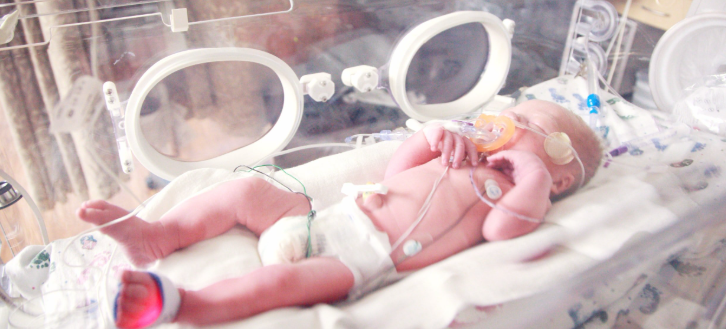Photo Credit: Freepick
The following is a summary of “Clinical diagnostic value of throat swabs in pediatric acute lower respiratory tract infections using targeted next-generation sequencing,” published in the March 2025 issue of BMC Pediatrics by Lian et al.
Researchers conducted a retrospective study to assess targeted next-generation sequencing (tNGS) for detecting pathogens in pediatric acute lower respiratory tract infections (ALRTIs) using throat swabs.
They analyzed throat swabs and bronchoalveolar lavage fluid (BALF) samples from 132 children using tNGS and compared results with conventional methods. The impact of prior antibiotic use, consistency between samples, economic cost, and invasiveness were evaluated.
The results showed that among 132 children (79 boys, 60%; 53 girls, 40%), 92 (70%) had fever, and 128 (97%) had a cough. BALF-tNGS detected bacteria in 68 (89.5%), viruses in 108 (98.2%), and atypical pathogens in 63 (77.8%). tNGS had higher detection rates for bacteria and viruses than traditional methods (P < 0.001) but showed no difference for atypical pathogens (P = 0.59). Antibiotics had no effect on bacterial detection (P = 0.237). Using BALF-tNGS as the gold standard, throat swab-tNGS had sensitivities of 95.83% (bacteria), 88.16% (viruses), and 92.06% (atypical pathogens), with specificities of 55.95%, 83.93%, and 100%. Throat swab sampling had lower cost, pain scores, and complication rates than BALF (P < 0.05).
Investigators found that tNGS with throat swabs had higher sensitivity and specificity than traditional methods for diagnosing pediatric ALRTIs. It was a less invasive, more cost-effective alternative to BALF sampling.
Source: bmcpediatr.biomedcentral.com/articles/10.1186/s12887-024-05380-z














Create Post
Twitter/X Preview
Logout